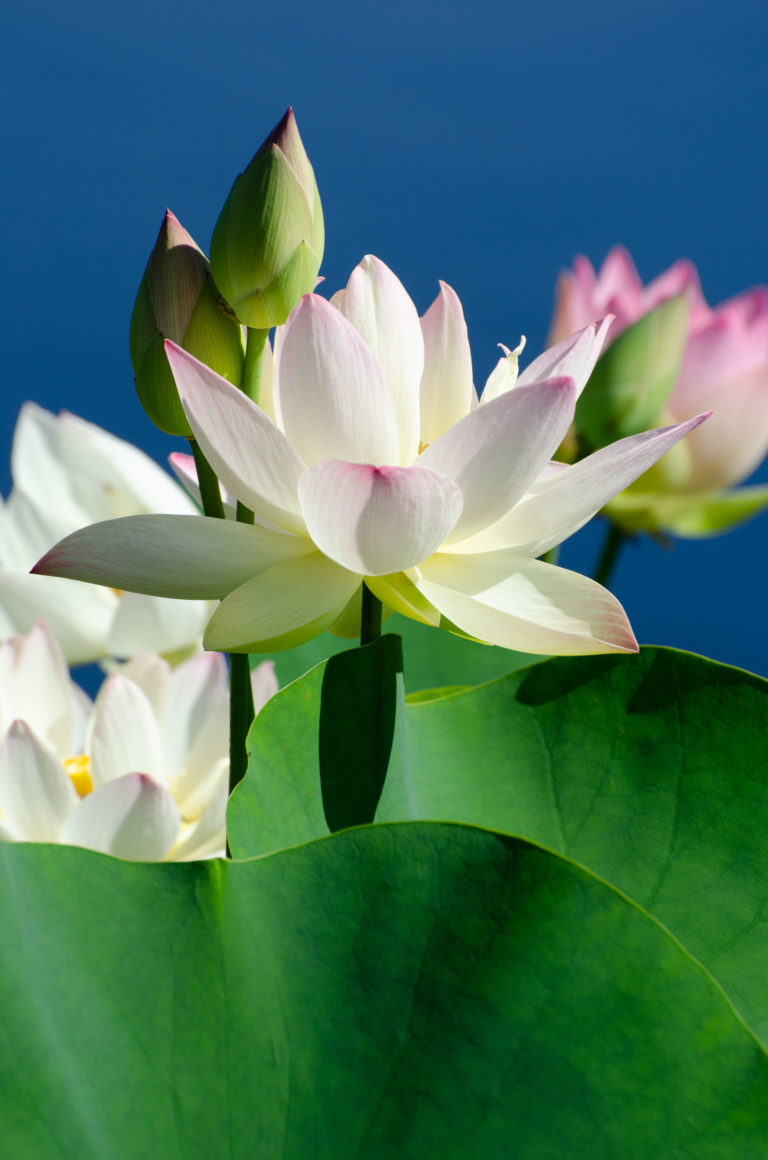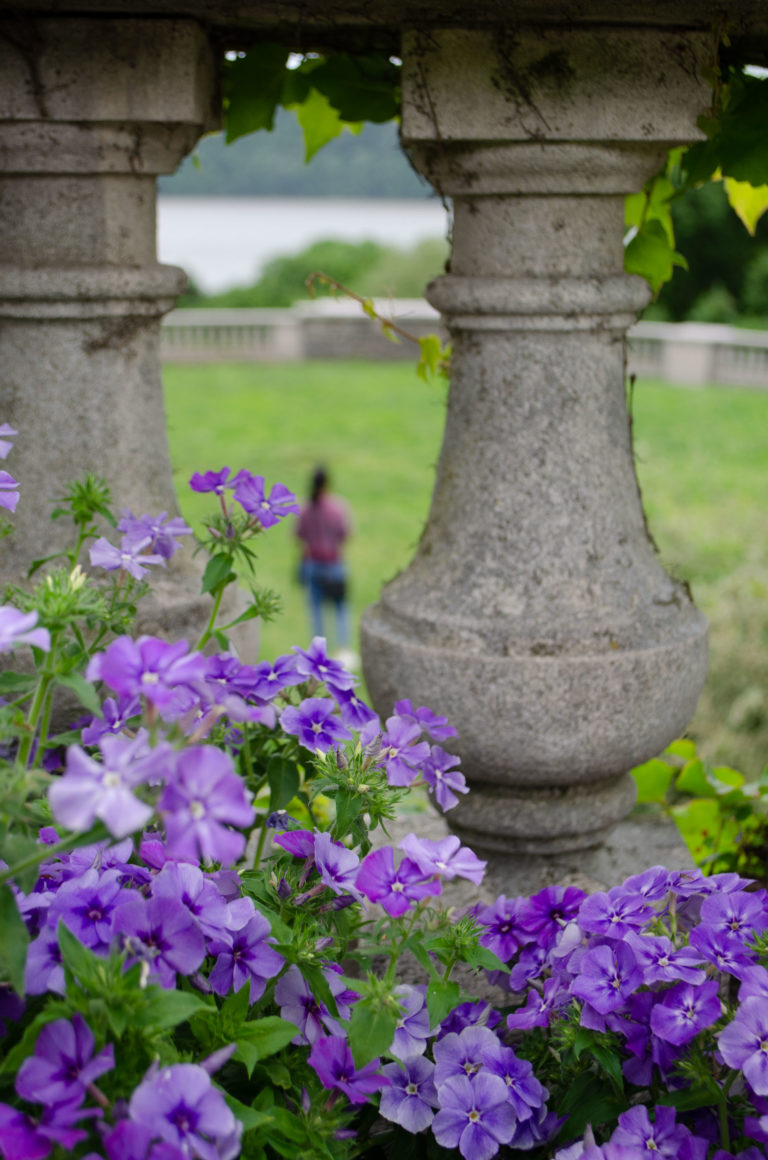
The Conifer Slope in Winter
January 24, 2020Conifers have a quiet dignity about them, as suggested in the first photo, taken by Ngoc Minh Ngo for the recent Timber Press publication Nature into Art: The Gardens of Wave Hill. They appear to be less busy than many broad-leaved trees. Perhaps their soft-looking foliage has a similarity to the fur of a much loved childhood toy—or maybe it’s just that their leaves don’t flutter so much in the wind? For whatever reason, a walk among conifers has a calming effect and a winter stroll around our Conifer Slope is a restful experience.

In the 1930s, when Wave Hill was still a private estate, a row of Norway spruces (Picea abies) was planted to mark the northern property line. They still stand today, and provide some protection from the cold winter winds that stream down the river from the north.
In more recent decades, other specimen trees have been planted in this sheltered area and we now have a diverse collection. Indeed, conifers come in many shapes and sizes and with much variation in their foliage.

Needle-like leaves are typical of many conifers, including pines (Pinus), spruces (Picea) and firs (Abies). Those of the pines are clustered in bundles of two, three or five—as is our example above—while the spruces and firs have needles that are held individually.
Other conifers have more scale-like foliage. Cypresses (Cupressus), false cypresses (Chamaecyparis), arborvitae (Thuja) and the false arborvitae (Thujopsis dolobrata) all come in this category.

There are contrasts in foliage color, too. Dark, glossy greens predominate but there are many variations. For example, the false arborvitae has bronzy-tipped leaves—and, more surprisingly, silvery undersides. Several trees have glaucous (blue-gray) foliage, including a Scots pine (Pinus sylvestris ‘Mount Vernon Blue’), two of our China firs (Cunninghamia lanceolata ‘Glauca’) and even the giant sequoia (Sequoiadendron giganteum ‘Hazel Smith’).

Gold tints predominate in a group of smaller trees near the upper end of the slope. A fine, creamy-yellow-tipped cultivar of the oriental spruce (Picea orientalis ‘Skylands’) is neighbors with a couple of yellow-splashed hinoki false cypresses (Chamaecyparis obtusa ‘Crippsii’).

Bark is another feature that varies according to species. That of the umbrella form of the Japanese red pine (Pinus densiflora ‘Umbraculifera’) is a handsome orangey-red while the aptly-named alligator juniper (Juniperus deppeana ‘McFetters’) does have a decidedly reptilian quality about it.

Although there are many types of conifer, what unites them is that they all bear cones. Female cones are woody structures that contain seeds when they are fully mature. Less noticeable are the much smaller male cones. These develop in spring or early summer and release clouds of windborne pollen.
By Charles Day, Wave Hill’s Ruth Rea Howell Senior Horticultural Interpreter



